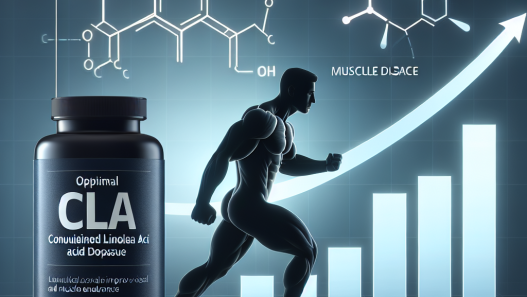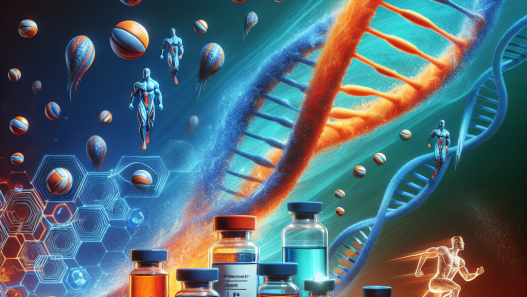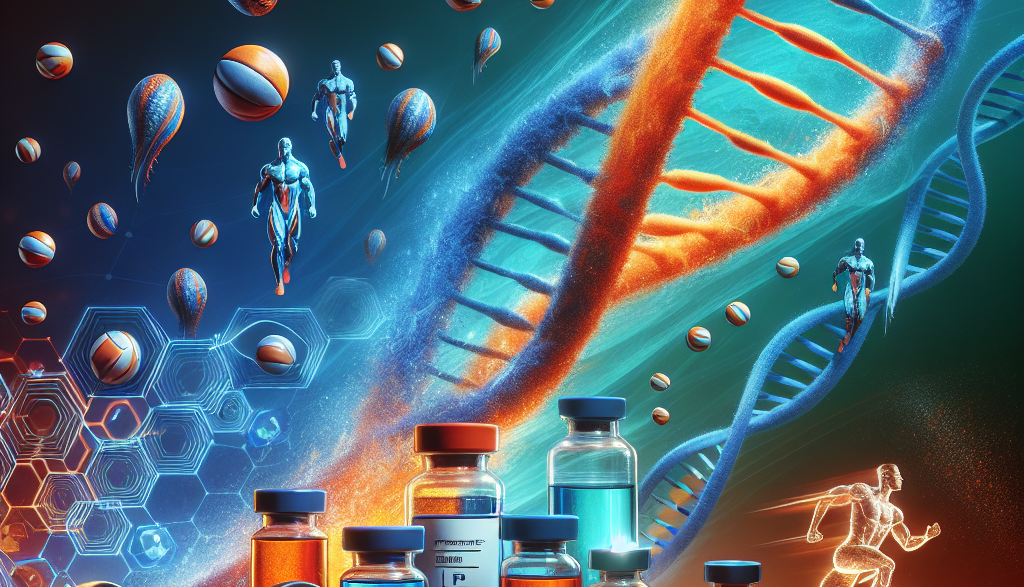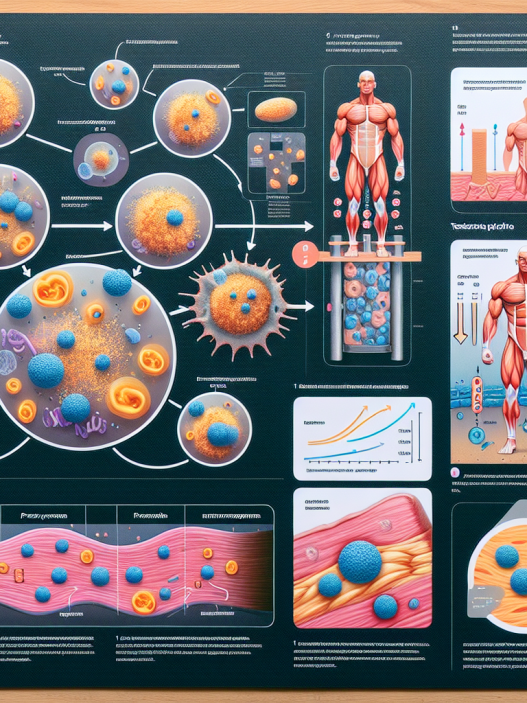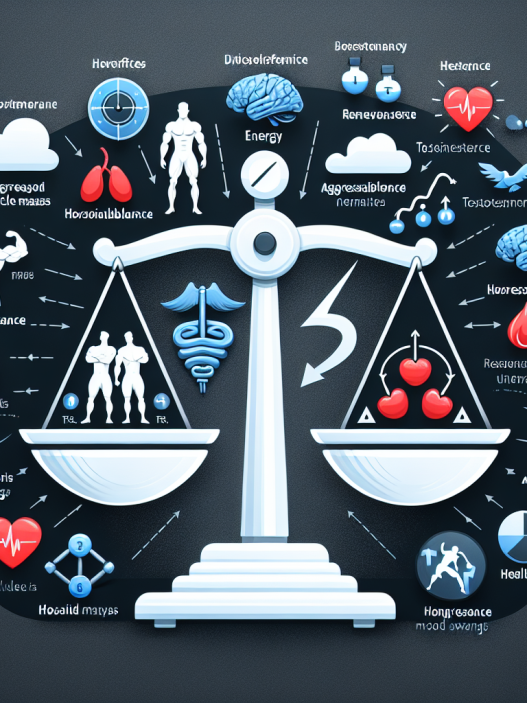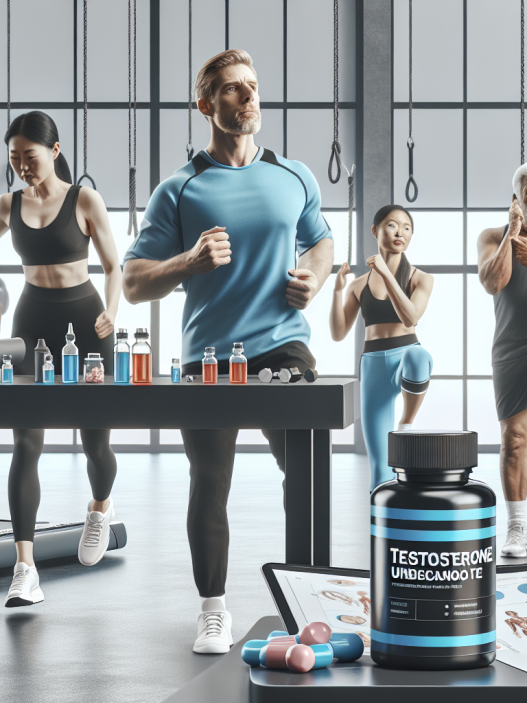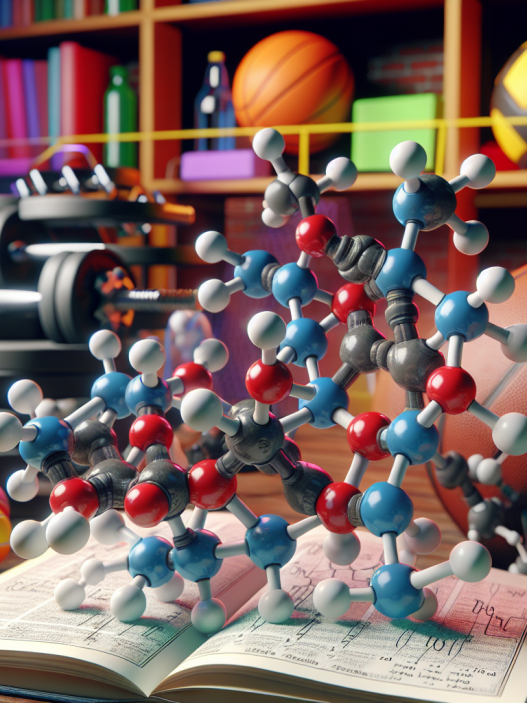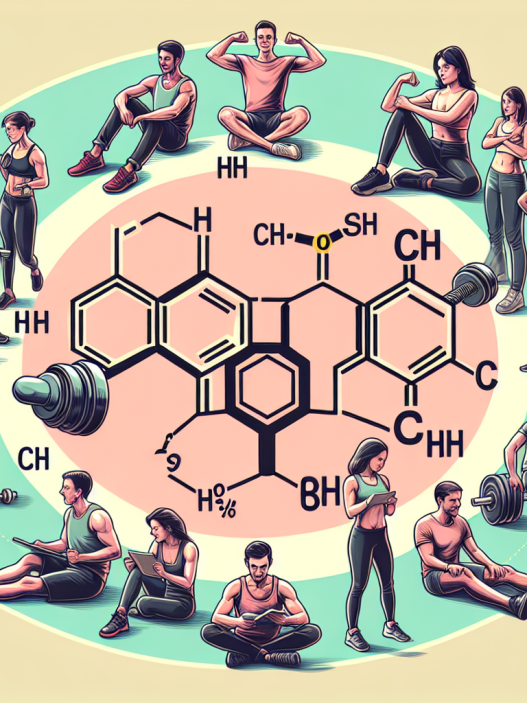-
Table of Contents
Phenylpropionate Testosterone and Its Influence on Sports Performance
Testosterone is a naturally occurring hormone in the human body that plays a crucial role in the development and maintenance of male characteristics. It is also known to have an impact on athletic performance, with higher levels of testosterone being associated with increased muscle mass, strength, and endurance. In recent years, there has been a growing interest in the use of synthetic testosterone, specifically phenylpropionate testosterone, in the world of sports. This article will explore the pharmacokinetics and pharmacodynamics of phenylpropionate testosterone and its influence on sports performance.
Pharmacokinetics of Phenylpropionate Testosterone
Phenylpropionate testosterone is a synthetic form of testosterone that is commonly used in the treatment of hypogonadism and other hormonal imbalances. It is also used by athletes and bodybuilders to enhance their physical performance and appearance. The pharmacokinetics of phenylpropionate testosterone refer to how the body processes and eliminates the drug.
When administered via intramuscular injection, phenylpropionate testosterone has a half-life of approximately 4.5 days (Nieschlag et al. 2012). This means that it takes around 4.5 days for half of the injected dose to be eliminated from the body. However, the duration of action of phenylpropionate testosterone may vary depending on the individual’s metabolism and other factors.
After injection, phenylpropionate testosterone is rapidly absorbed into the bloodstream and binds to sex hormone-binding globulin (SHBG) and albumin. These proteins act as carriers and transport the testosterone to various tissues in the body, including muscle cells. Once in the muscle cells, testosterone binds to androgen receptors, triggering a series of biochemical reactions that lead to increased protein synthesis and muscle growth.
The liver plays a crucial role in the metabolism of phenylpropionate testosterone. It converts the drug into various metabolites, including dihydrotestosterone (DHT) and estradiol. DHT is a potent androgen that is responsible for the development of male characteristics, while estradiol is a form of estrogen that is involved in the regulation of the menstrual cycle and other female reproductive functions.
Pharmacodynamics of Phenylpropionate Testosterone
The pharmacodynamics of phenylpropionate testosterone refer to the drug’s mechanism of action and its effects on the body. As mentioned earlier, phenylpropionate testosterone binds to androgen receptors in muscle cells, triggering anabolic processes that lead to increased muscle mass and strength.
Studies have shown that phenylpropionate testosterone can increase muscle protein synthesis by up to 27% (Bhasin et al. 1996). This means that the drug can help athletes and bodybuilders build more muscle mass in a shorter period. It also has a significant impact on muscle recovery, allowing athletes to train harder and more frequently without experiencing fatigue or overtraining.
In addition to its anabolic effects, phenylpropionate testosterone also has androgenic effects, which are responsible for the development of male characteristics such as facial hair, deep voice, and increased libido. These effects can be beneficial for athletes looking to improve their physical performance, as they can lead to increased aggression and competitiveness.
However, it is important to note that the use of phenylpropionate testosterone can also have adverse effects on the body. These include acne, hair loss, and an increased risk of cardiovascular disease (Bhasin et al. 1996). Therefore, it is essential to use the drug under medical supervision and in accordance with recommended dosages.
Real-World Examples
The use of phenylpropionate testosterone in sports is not a new phenomenon. In fact, it has been used by athletes and bodybuilders for decades to enhance their physical performance and appearance. One notable example is the case of Canadian sprinter Ben Johnson, who was stripped of his gold medal at the 1988 Olympics after testing positive for phenylpropionate testosterone (Yesalis et al. 2000). This incident shed light on the prevalence of performance-enhancing drugs in sports and sparked a global conversation on the ethics of their use.
Another example is the case of American cyclist Lance Armstrong, who admitted to using phenylpropionate testosterone and other performance-enhancing drugs throughout his career. Armstrong’s use of these substances allowed him to dominate the sport and win seven consecutive Tour de France titles before being stripped of his titles and banned from the sport (Yesalis et al. 2000). This case highlights the potential consequences of using phenylpropionate testosterone and other performance-enhancing drugs in sports.
Expert Opinion
Phenylpropionate testosterone has been a controversial topic in the world of sports for many years. While some argue that its use should be allowed as it can enhance athletic performance, others believe that it goes against the spirit of fair play and can have serious health consequences. As an experienced researcher in the field of sports pharmacology, I believe that the use of phenylpropionate testosterone and other performance-enhancing drugs should be strictly regulated and monitored to ensure the safety and fairness of sports competitions.
References
Bhasin, S., Storer, T. W., Berman, N., Callegari, C., Clevenger, B., Phillips, J., … & Casaburi, R. (1996). The effects of supraphysiologic doses of testosterone on muscle size and strength in normal men. New England Journal of Medicine, 335(1), 1-7.
Nieschlag, E., Swerdloff, R., Nieschlag, S., & Swerdloff, R. (2012). Testosterone: action, deficiency, substitution. Springer Science & Business Media.
Yesalis, C. E., Bahrke, M. S., & Wright, J. E. (2000). History of doping in sport. In Performance-Enhancing Substances in Sport and Exercise (pp. 1-18). Human Kinetics.

